Idea by
angelo renna
Call for ideas 2020
Monkey Factor
Monkey Factor

- New alliances
It is the first time in the history of the earth that human activities are impacting and changing the global atmosphere of our planet, manipulating it as a product. The environmental crisis is not only present with global warming but its symptoms of sickness are evident in the soil, the water, the air and in all forms of life. As a result, many species face extinction. Each year thousands of plant and animal species disappear to meet the necessary needs for the massive growth of human demand. "We have forgotten that we ourselves are dust of the earth, our very bodies are made up of her elements," said Pope Francis in his encyclical letter. These limits have defined the different categories of Monkey Factor: rainwater, animals, plants, and soil. Examples and anecdotes for each of them define a new way of including these elements in architecture. Small interventions and proposals, when joint, have the power to generate more significant stories and influence the way we think.
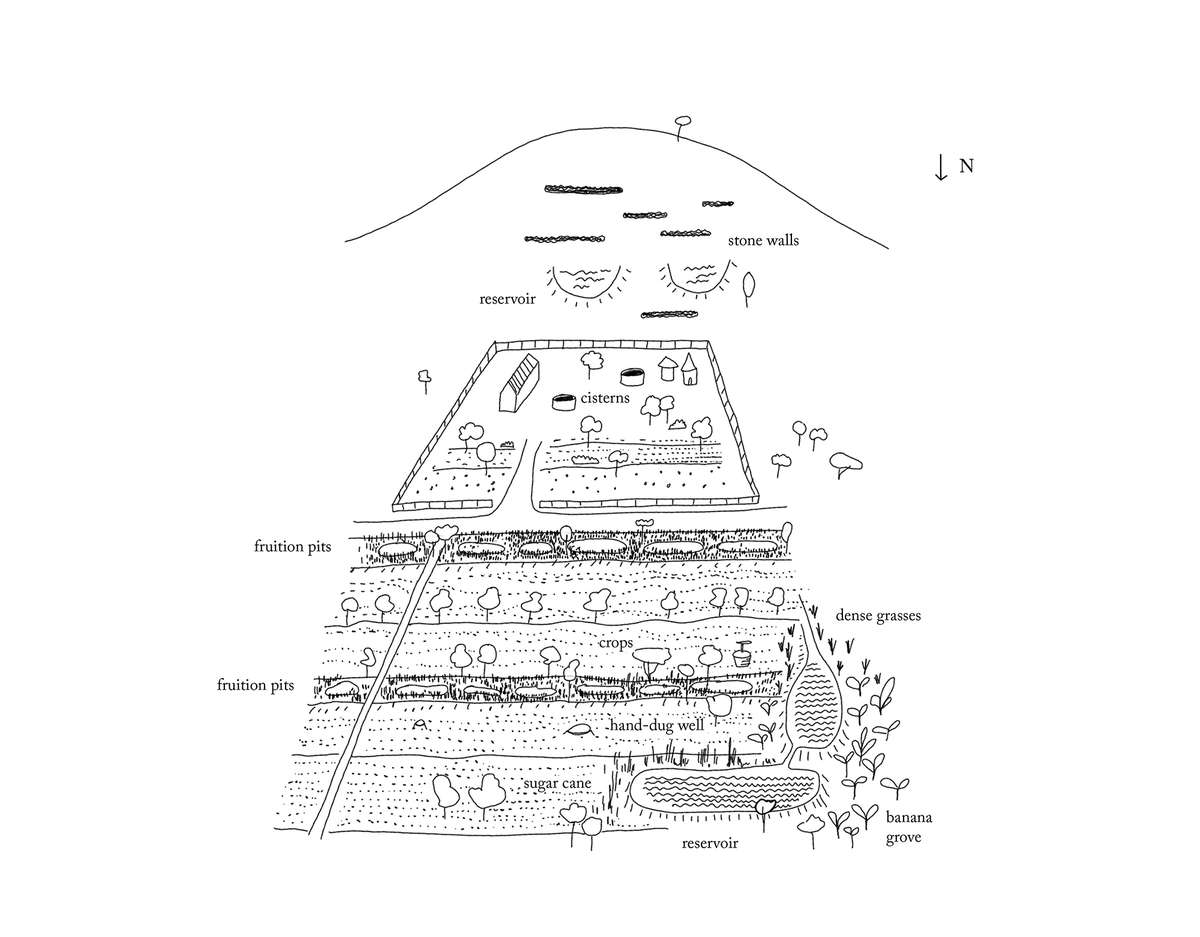
Mr Phiri is a story of a small farmer from Zimbabwe that turned his dry land into a lush garden. In 1964 the government arrested him for 2 years over his political opinions. He developed many water-harvesting structures such as dam, walls, cisterns, reservoirs, fruition pits and wells. When it rains, all these small “infrastructures” catch the water using only gravity.
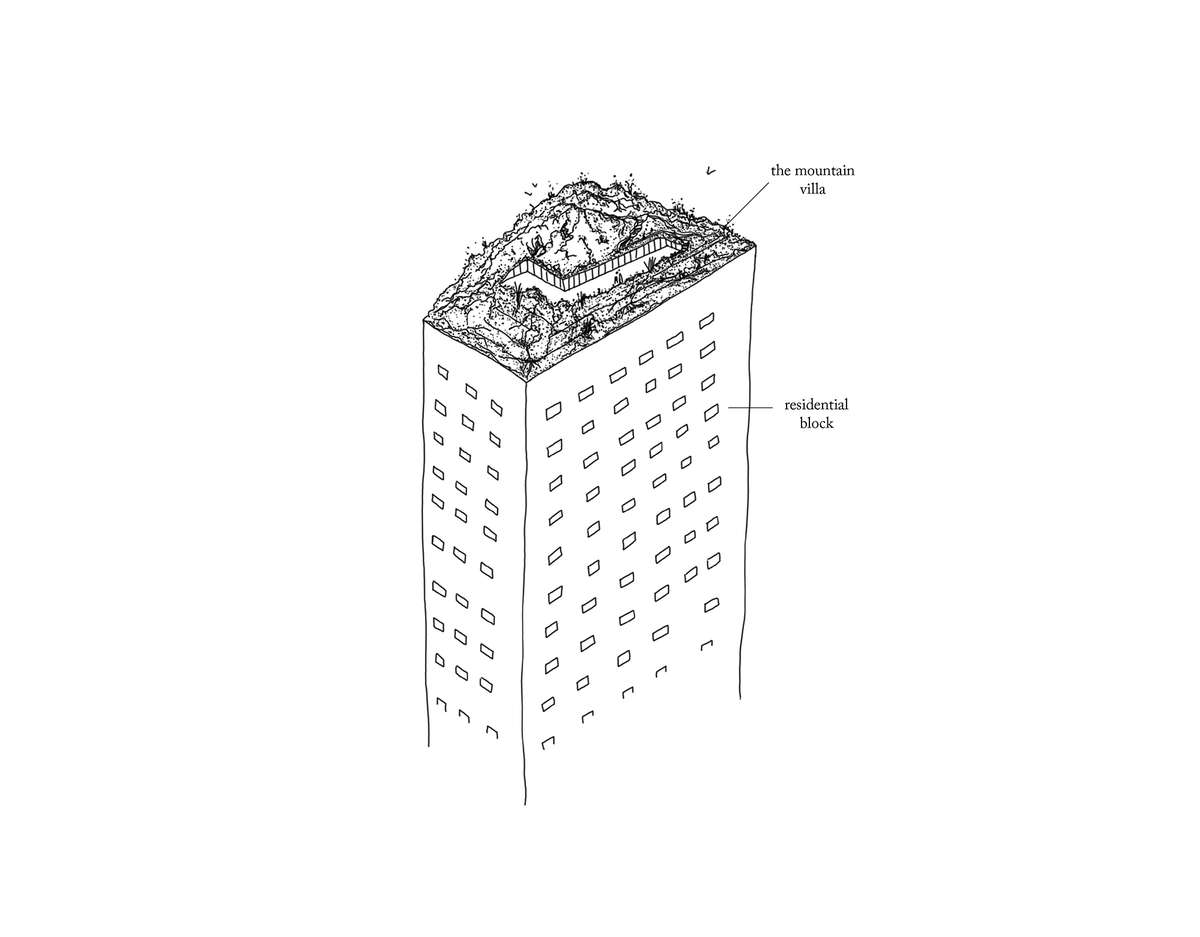
In 2003, professor Zhang Biqing built an illegal mountain villa on top of a 26-floor residential Beijing block. The rooftop structure is covered by rocks, plants, and bushes, and clearly, it can be seen from a different point of Beijing city. It took 6 years to develop and his vision came to a halt when his neighbours started to complain. The municipality gave a sudden order to demolish the entire structure within 15 days.
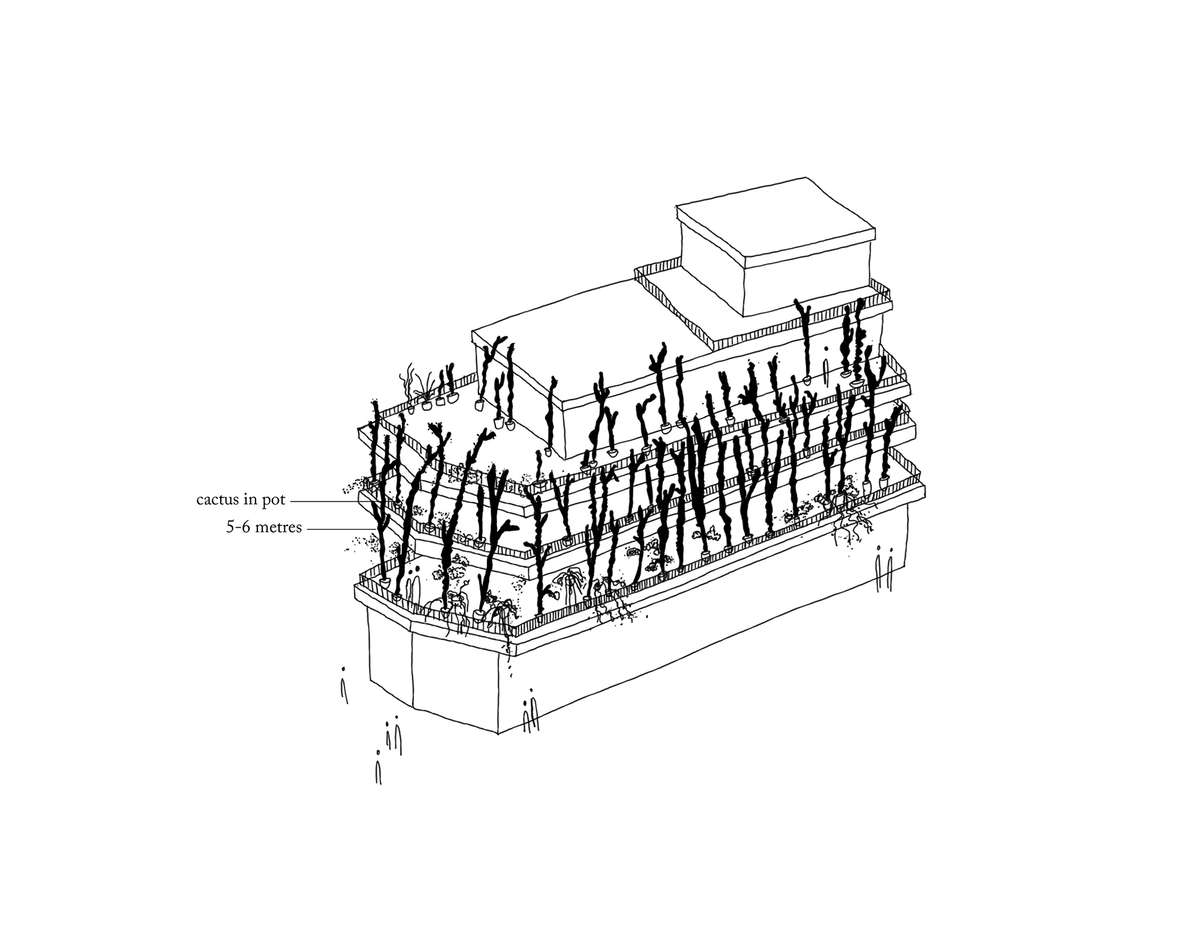
Not only trees can have a fundamental impact on our lives, but also plants, small bushes, and domestic shrubs can transform for the better of the spaces we live in - the “cactus house” in Spain is a prime example. The house itself is a small building of 3 floors solely covered by cacti. It is in a town close to the sea called Calella, 50 km northeast of Barcelona.
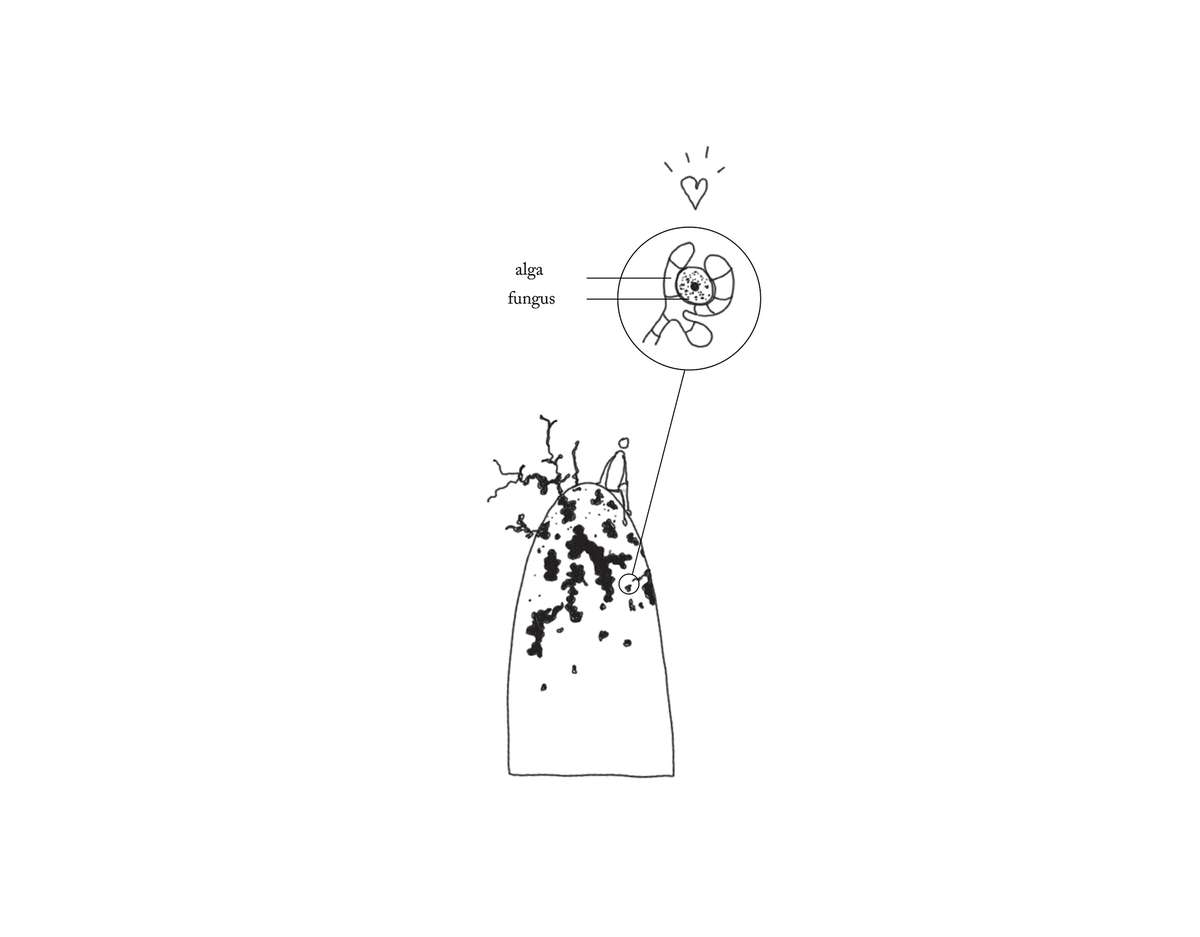
The lichen is one of the most romantic and durable love stories ever told. It appears as a single living thing, but in fact, it is formed from an alga and a fungus. They live together depending upon one another. Lichens are fundamental “pioneer” species, which are the first colonists of the planet earth, and still today they play an important role in the life cycle of entire ecosystems. They attract insects and other animals and are considered the best bio-indicators about environment pollution.
Monkey Factor
Monkey Factor

- New alliances
It is the first time in the history of the earth that human activities are impacting and changing the global atmosphere of our planet, manipulating it as a product. The environmental crisis is not only present with global warming but its symptoms of sickness are evident in the soil, the water, the air and in all forms of life. As a result, many species face extinction. Each year thousands of plant and animal species disappear to meet the necessary needs for the massive growth of human demand. "We have forgotten that we ourselves are dust of the earth, our very bodies are made up of her elements," said Pope Francis in his encyclical letter. These limits have defined the different categories of Monkey Factor: rainwater, animals, plants, and soil. Examples and anecdotes for each of them define a new way of including these elements in architecture. Small interventions and proposals, when joint, have the power to generate more significant stories and influence the way we think.
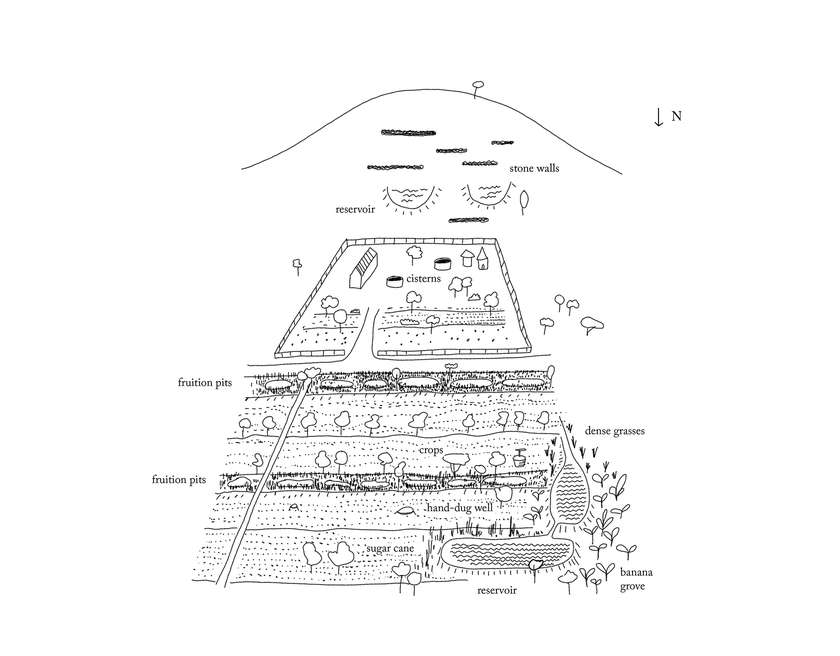
Mr Phiri is a story of a small farmer from Zimbabwe that turned his dry land into a lush garden. In 1964 the government arrested him for 2 years over his political opinions. He developed many water-harvesting structures such as dam, walls, cisterns, reservoirs, fruition pits and wells. When it rains, all these small “infrastructures” catch the water using only gravity.

In 2003, professor Zhang Biqing built an illegal mountain villa on top of a 26-floor residential Beijing block. The rooftop structure is covered by rocks, plants, and bushes, and clearly, it can be seen from a different point of Beijing city. It took 6 years to develop and his vision came to a halt when his neighbours started to complain. The municipality gave a sudden order to demolish the entire structure within 15 days.
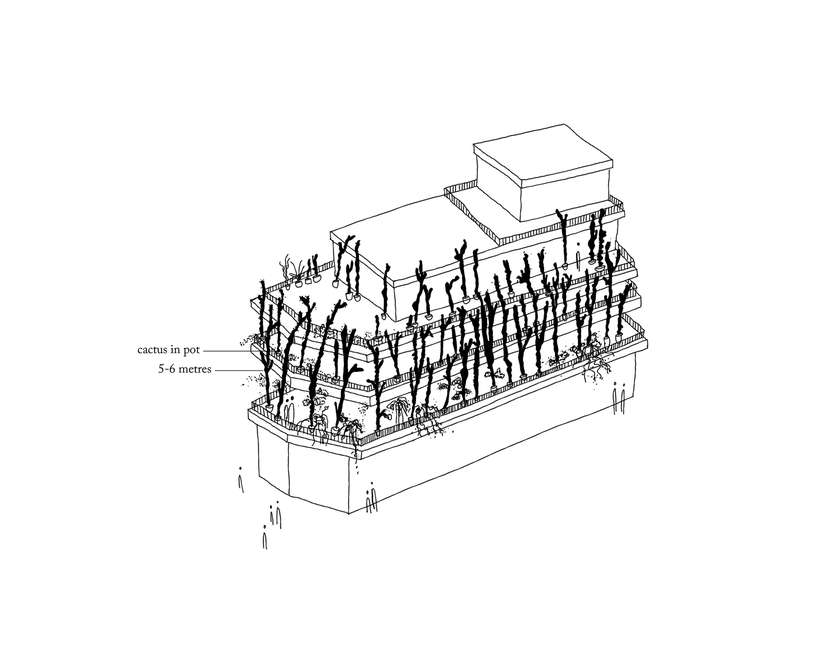
Not only trees can have a fundamental impact on our lives, but also plants, small bushes, and domestic shrubs can transform for the better of the spaces we live in - the “cactus house” in Spain is a prime example. The house itself is a small building of 3 floors solely covered by cacti. It is in a town close to the sea called Calella, 50 km northeast of Barcelona.
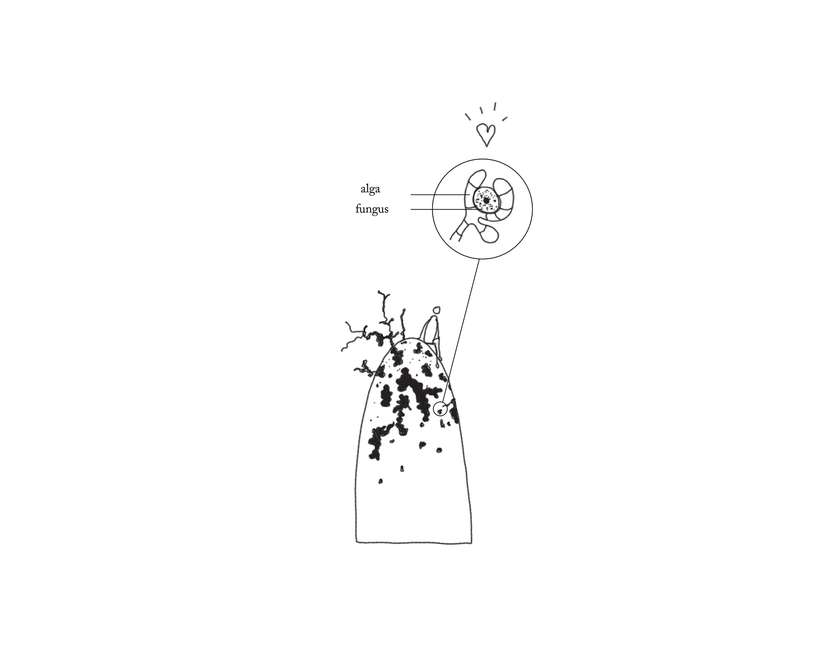
The lichen is one of the most romantic and durable love stories ever told. It appears as a single living thing, but in fact, it is formed from an alga and a fungus. They live together depending upon one another. Lichens are fundamental “pioneer” species, which are the first colonists of the planet earth, and still today they play an important role in the life cycle of entire ecosystems. They attract insects and other animals and are considered the best bio-indicators about environment pollution.